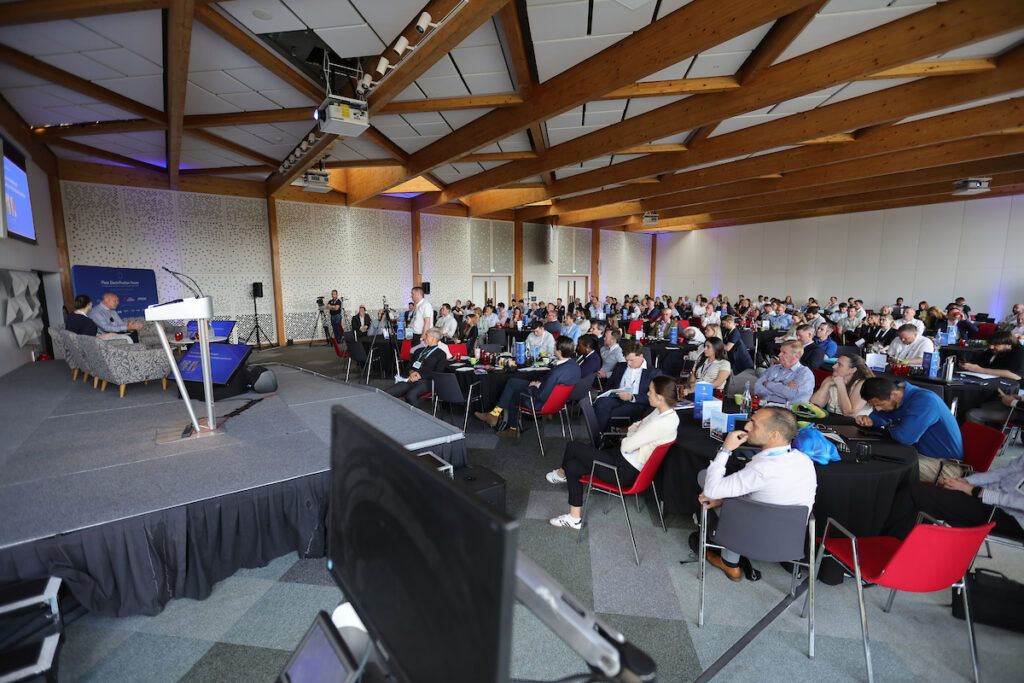Vattenfall IDNO has published a new whitepaper outlining the options for connecting commercial and industrial developments to the electrical grid.
The whitepaper details the differences between traditional Distribution Network Operators (DNO) and Independent Distribution Network Operators (IDNO), outlines the benefits of working with an IDNO and highlights the advantages in practice with case study examples.
Traditionally, all new developments were connected to the electricity supply network through one of the 14 geographically based Distribution Network Operators.
Since 2000, the regulator Ofgem has licenced Independent Distribution Network Operators and Independent Connection Providers (ICP) to compete with the DNOs to complete some connection activities, as well as manage new sections of the network.
The aim was to increase competition in the market and prevent the inevitable geographic monopolies. This framework means that developers now have a choice of network provider, and as such can select one of the 13 licenced IDNOs or the DNO that covers the local area.
The Vattenfall whitepaper Introduction to Independent Distribution Network Operators has been designed to clearly explain the choice that developers have when connecting to the electrical network. It explains the similarities and, importantly, the differences between a DNO and IDNO and provides an overview of the factors that developers must consider when choosing a network provider.
This includes an explanation of the ‘asset adoption value’ (AAV) or ‘capital installation costs discount’ payment, which IDNOs alone can offer. It details where this one-off payment comes from, how it is calculated and the advantages to the developer through off-setting the capital costs of building new network assets.
The whitepaper also outlines the other benefits of partnering with an IDNO, such as how these typically more agile organisations can offer a more collaborative and streamlined process and help customers to achieve project objectives. The whitepaper concludes with case study examples of projects that have benefitted from partnering with Vattenfall as their chosen IDNO, including the Edinburgh Park Southern Phase.
Developed by Parabola, the innovative new Edinburgh Park Southern Phase will be one of the UK’s biggest all-electric property developments. It will include nearly 1800 residential units and 1 million sqft of commercial office space, as well as restaurants, a health centre, bicycle hub, nursery and EV charging points.
Vattenfall IDNO is delivering and operating the electrical infrastructure, which will enable the new area to operate without producing carbon emissions – in line with Edinburgh’s ambition to become a net zero city by 2030.
Stewart Dawson, Managing Director of Vattenfall Networks, said: “Although it is now more than 20 years since IDNOs were first introduced, some developers are still not fully aware of what they can offer. This whitepaper has been designed as a valuable resource to explain the choice that developers have and the impact that this can have on the project.
“Modern developments are becoming more complex as low-carbon energy, micro-generation and electric vehicle infrastructure become key elements. Partnering with an IDNO can offer developers the flexibility and support needed to achieve their objectives.”
Image: courtesy Vattenfall








